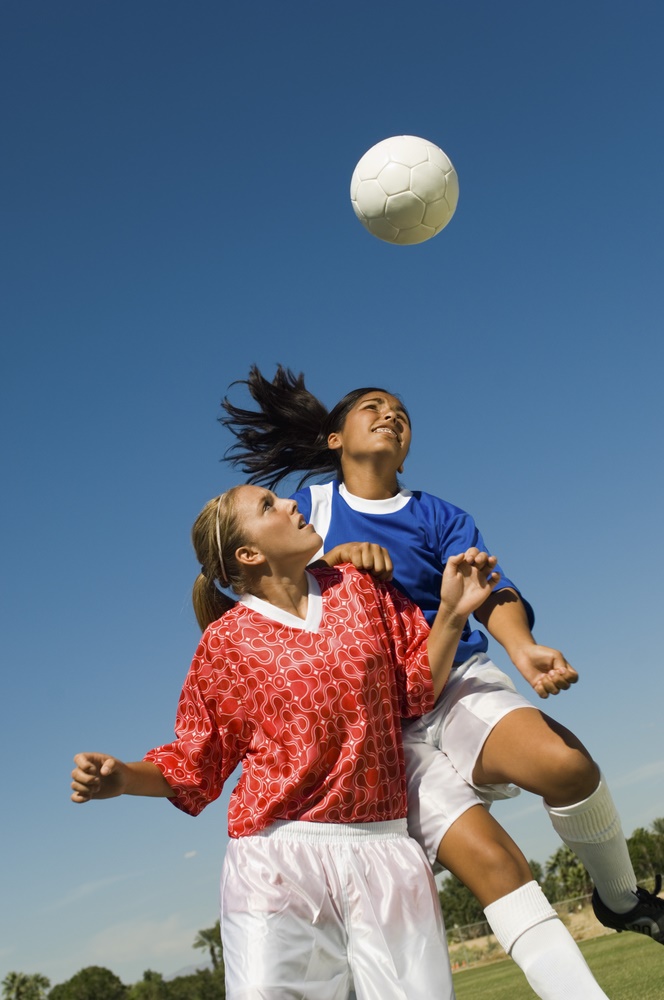 A concussion is a kind of brain injury that is typically caused by a fall, hit, or shake to the head. The long-term damages caused by concussions are an increasing concern for athletes in many different sports, including female soccer players.
A concussion is a kind of brain injury that is typically caused by a fall, hit, or shake to the head. The long-term damages caused by concussions are an increasing concern for athletes in many different sports, including female soccer players.
Soccer is a popular sport for boys and girls across the
U.S. with over three million kids participating in the game in 2014 (according to US Youth Soccer). And the gap between male and female youth soccer players has continued to narrow. In 1995, 55% of youth soccer players were boys and now that percentage has closed to 52%.
The number of women’s soccer teams at colleges and universities has also significantly increased over the past two decades. In 1991 there were 318 U.S. colleges with women’s soccer. This number about tripled to 959 in 2009, as noted in a special report Title IX at 20 published by the National Coalition for Women & Girls in Education (NCWGE).
Follow along for 7 important facts about concussions and female soccer players as explained by Louisville sports medicine physician and orthopedic surgeon Dr. Stacie Grossfeld.
- In all of women’s NCAA sports, soccer has the highest rate of concussions.
- Women’s soccer is second only to football among all NCAA sports in the rate of concussions that are sustained.
- Female soccer players have a significantly higher concussion rates than males.
- Women soccer players primarily sustain concussions due to head-to-ground contacts and player-to-fall contact. Male soccer player sustain a greater proportion of concussions secondary to player to player contact.
- There are intrinsic factors as to why female soccer players get more concussions than male soccer players . Women have 20% less neck mass then males so their ability to use their neck muscle as a shock absorber during head impact is less. Women also have a smaller head size than males therefore the smaller head to ball ratio, less neck girth and less neck muscle strength translates into a higher incidence of concussions.
- There are things that may be done in the pre-season to help reduce the risk of concussion among female soccer players such as a neck strengthening program.
- There has been discussion about female soccer players wearing protective headgear. Recent research however shows that female soccer players actually have greater head acceleration while wearing headgear. At this point, headgear may not provide adequate protection for female players.
Learning about the risk of concussions and practicing preventive measures is important for all athletes. Future research will continue to provide more information and direction as we work to better understand the short and long-term health effects of concussions.

Recent Comments